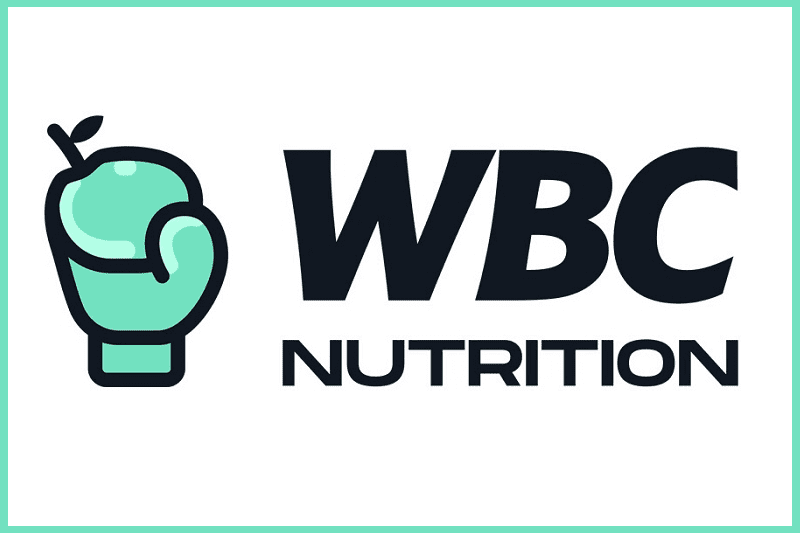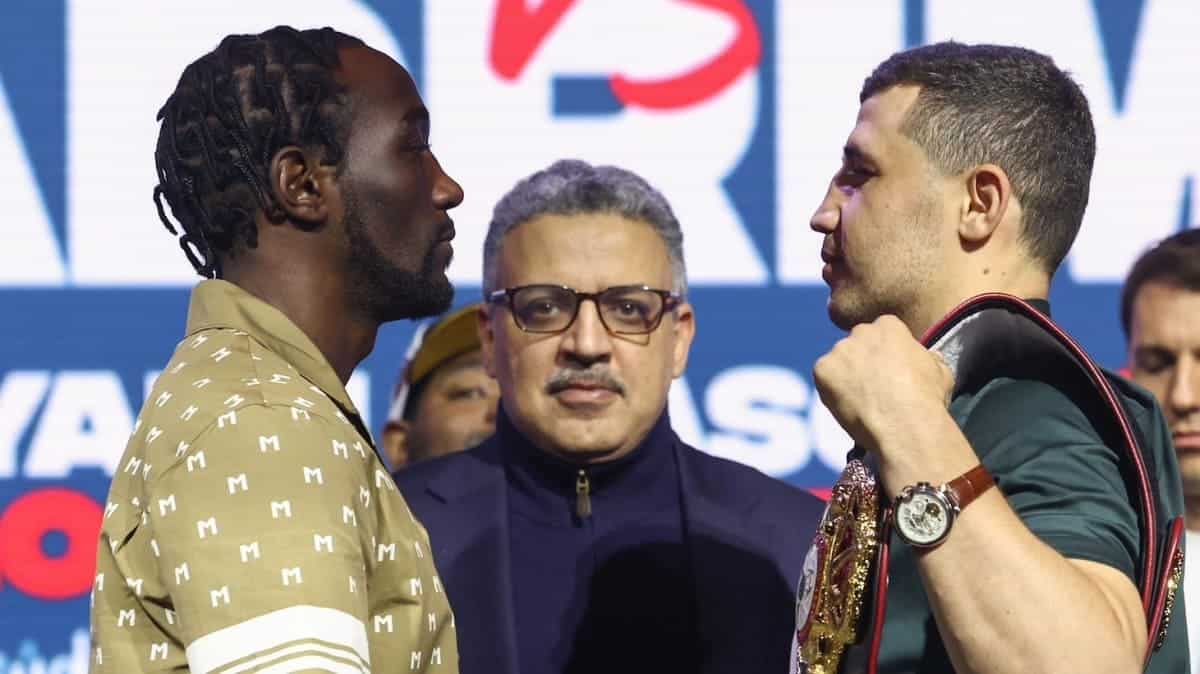Dr. Philip Goglia, WBC Nutrition Committee Chairman, updates in another version of the WBC Boxing Nutrition series.
On the color wheel, the purple-blue-red-orange spectrum is home to the most antioxidant-rich fruits.
Wild blueberries are the winner overall. Just one cup has 13,427 total antioxidants – vitamins A & C, plus flavonoids (a type of antioxidant) like querticin and anthocyanidin. That’s about 10 times the USDA’s recommendation, in just one cup! Cultivated blueberries have 9,019 per cup and are equally vitamin-rich. Buying tip: Peak season starts in mid-May, so blueberries are less expensive during the summer.
Cranberries are the tart crown jewels of turkey feasts. They’re also antioxidant powerhouses (8,983). To get cranberries after the holiday scene has passed, creative cooks sneak dried cranberries into risottos, salads, salsas, and trail mixes.
Blackberries (7,701), raspberries (6,058), strawberries (5,938), black plums (4,873), sweet cherries (4,873), and red grapes (2,016) are also brimming with vitamins A and C and flavonoids like catechin, epicatechin, quercetin, and anthocyanidin. Tossed into a green salad, these berries add extra color, flavor, and texture. They’re also very edible by the handful, with morning cereal, mixed into yogurt, spooned over waffles or pancakes, and sprinkled over ice cream.
All-American apples are also vitamin- and antioxidant-rich treats. The classic Red Delicious (5,900), Granny Smith (5,381), Gala (3,903), and many other varieties are available nearly year-round. Applesauce, juice, and jellies are also tasty apple sources, but beware of added sugar (check the label). Here’s a tip: Mix some chopped apple into a tuna salad for a sandwich.
Finally, orange-colored fruits are good sources of antioxidants as well. One naval orange has 2,540; the juice has about half that. Bite into a luscious ripe mango, and you’ll get 1,653. A peach has 1,826, tangerines, 1,361, and pineapple, 1,229.
Dried versions of these fruits are smaller, but they still have plenty of antioxidants. For instance, just half a cup of these dried fruits packs quite a punch: prunes (7,291), dates (3,467), figs (2,537), and raisins (2,490). Some people prefer the taste or texture of certain dried fruits over fresh ones. Dried cranberries are a prime example; they tend to be much less tart than the fresh variety. Antioxidants can be found as vitamins, minerals or phytochemicals (special plant compounds). They help repair cell damage caused by free radicals, which can mess with your immune system. Some researchers also believe that free-radical damage may be involved in promoting chronic diseases like heart disease and cancer.





